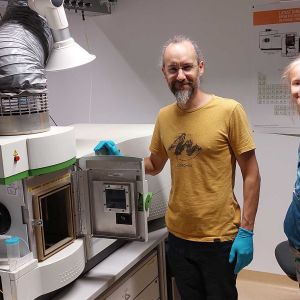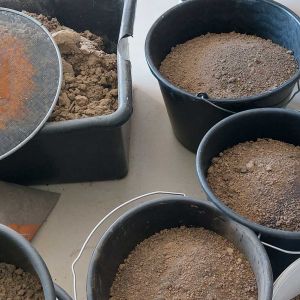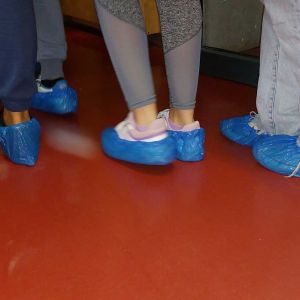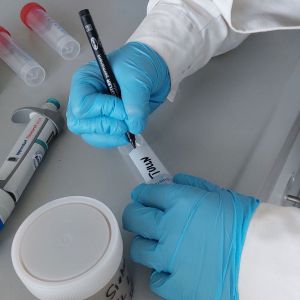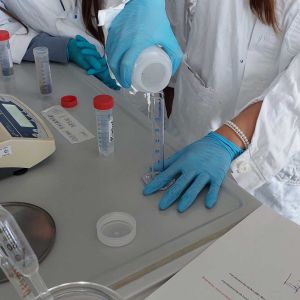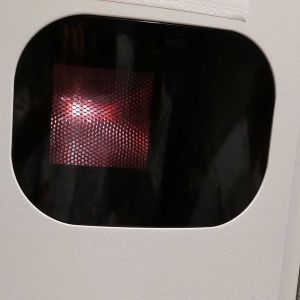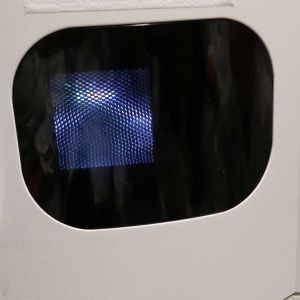School-excursion for sample processing to BOKU Tulln
By UBC
At the end of the last school year, all students participating in the project collected soil samples in the vicinity of Asparn/Zaya as a basis for creating an isoscape. The samples were dried during summer - now they have to be analysed!
0n September 12, 2023, two classes from the Asparn School Center visited the University and Research Center in Tulln, to learn how soil samples collected by them will be processed. They were welcomed by Markus Puschenreiter, Olivier and Raphael Duboc, and Veronika Jedlaucnik from the Institute of Soil Research of the University of Natural Resources and Life Sciences (BOKU), as well as by Michael Schober from the Chair of General and Analytical Chemistry at the Montanuniversität Leoben. To familiarize the approximately 30 students with the analysis methods of soil samples, they were divided into three groups. At three stations, they could try out the most important steps in soil analysis themselves.
At the first station, Markus Puschenreiter explained the properties and different types of soils to the students. Additionally, they carried out the first important sample preparation steps under his guidance, including sieving and drying of the soils.
At the next station, Veronika Jedlaucnik and Michael Schober awaited the students to introduce them to the chemical preparation of soil samples for further analysis. In addition to accurately weighing the sample quantity with laboratory scales and conducting the extraction of soluble soil components, they learned the basics of wet chemical laboratory techniques such as pipetting and filtering.
At the last station, Olivier Duboc demonstrated the analytical technique of inductively coupled plasma optical emission spectrometry (ICP-OES) for determining chemical elements in soil samples. He illustrated fundamental chemical principles using the plasma coloration from prepared demonstration solutions injected into the analytical device. Depending on the material inside, the plasma, at a temperature of 10.000 K, emits different wave lengths (colours) . Furthermore, he explained the necessary mathematical calculations and evaluation of the obtained analysis data.
Hence, the students gained their first insights into the practice of a soil researcher and the working methods in an analytical-chemical laboratory, where not only lab coats and safety goggles were used for the first time. Much more importantly, they acquired a broader understanding of the daily work and techniques in a scientific environment. The students were enthusiastic and tackled all stations with excellence.


